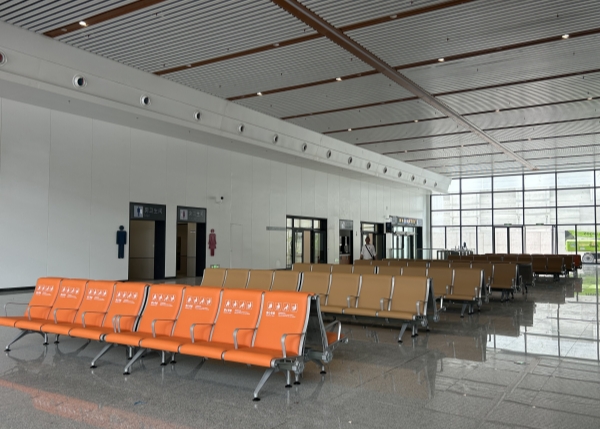In crowded places such as airports and high-speed rail stations, waiting chairs are one of the most frequently used facilities. With thousands of sit-ups, frictions and even luggage collisions every day, ordinary seats may be "scarred" in 3 years - paint peeling, loosening, deformation, and high maintenance costs. How to choose waiting chairs to reduce maintenance costs?
1. Material and coating
Although stainless steel waiting chairs are sturdy, they are easily corroded by salt in the air at coastal airports and rust spots appear. In contrast, aluminum alloy materials are not only light and rust-proof, but their corrosion resistance is more suitable for humid or open environments. High-quality aluminum alloys can significantly extend the life of chairs through anti-oxidation treatment.
Anti-UV coating and anti-scratch paint are standard surface treatments for waiting chairs. They can effectively reduce color difference, shedding and scratches, maintain a new appearance for a long time, and reduce the frequency of renovation and replacement.

2. Structure
Modern waiting chairs are generally arranged in rows of 3-5 people. If a single seat is damaged, the modular design allows maintenance personnel to only replace the seat plate or backrest without dismantling the entire row, reducing labor and accessories costs.
Another design is the hidden screw design, which reduces the risk of loosening. Under long-term and high-frequency use, traditional exposed screws are prone to loosening and stripping, posing safety hazards. The hidden screw design not only improves the aesthetics, but also improves the overall stability, reducing the need for frequent adjustments or replacements due to loosening in the later stage.